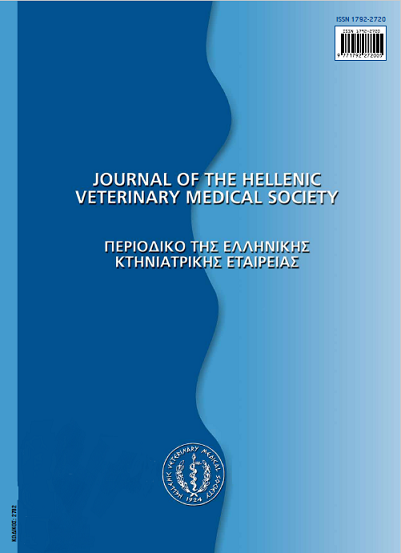Total lipids content and fatty acids composition of the rotifer Brachionus plicatilis using artificial enrichments

Abstract
Secondary feeding with commercial lipids enrichments such as the microencapsulated diets Diet A (33.42±3.00%) and Diet B (55.88±3.5%) compared with the marine yeast type product Diet C(8.59±1.0%) as a method of increasing the total lipids and ω-3 PUFA content of rotifers, hence enhancing their nutritional value as live feed prey for fish larvae in hatcheries. The total lipids the rotifers was affected analogous to the levels of these components in the feeds showing its maximum percentage uptake within 4 hours from the enrichment (20.27±3.52, 26.64±3.91, 11.31±2.30 respectively). There was not any significant toxicity to the animals due to the diets during the 16 hours experiment. The DHA/EPA for Diet A(1.31), Diet B(0.42) and Diet C(absent) as well as the DHA/EPA/ARA ratios for Diet A(10.70 ± 1.60 / 8.18 ± 1.10 / 2.08 ± 0.20), Diet B(6.20 ± 2.30 / 14.60 ±1.00 / 1.12 ± 0.40) and Diet C (0 / 5.14 ± 3.40 / 1.30 ± 1.10) indicates that Diet A is closer to the suggested DHA/EPA/ARA optimal value 10/5/1 for marine fish larval growth.
Article Details
- How to Cite
-
THEODOROU, J. A. (2018). Total lipids content and fatty acids composition of the rotifer Brachionus plicatilis using artificial enrichments. Journal of the Hellenic Veterinary Medical Society, 68(2), 181–192. https://doi.org/10.12681/jhvms.15604
- Issue
- Vol. 68 No. 2 (2017)
- Section
- Research Articles

This work is licensed under a Creative Commons Attribution-NonCommercial 4.0 International License.
Authors who publish with this journal agree to the following terms:
· Authors retain copyright and grant the journal right of first publication with the work simultaneously licensed under a Creative Commons Attribution Non-Commercial License that allows others to share the work with an acknowledgement of the work's authorship and initial publication in this journal.
· Authors are able to enter into separate, additional contractual arrangements for the non-exclusive distribution of the journal's published version of the work (e.g. post it to an institutional repository or publish it in a book), with an acknowledgement of its initial publication in this journal.
· Authors are permitted and encouraged to post their work online (preferably in institutional repositories or on their website) prior to and during the submission process, as it can lead to productive exchanges, as well as earlier and greater citation of published work.


